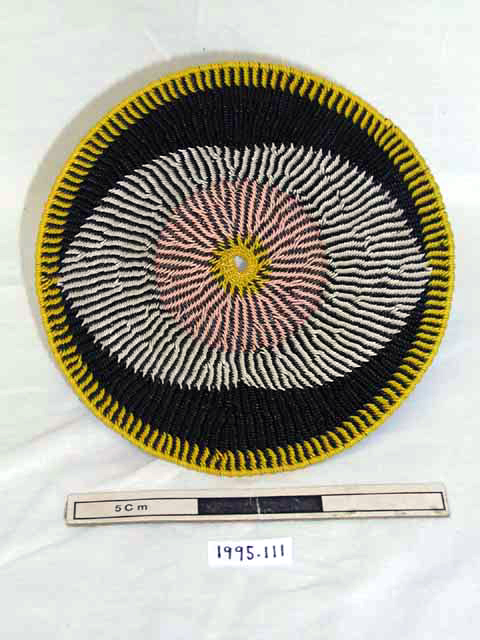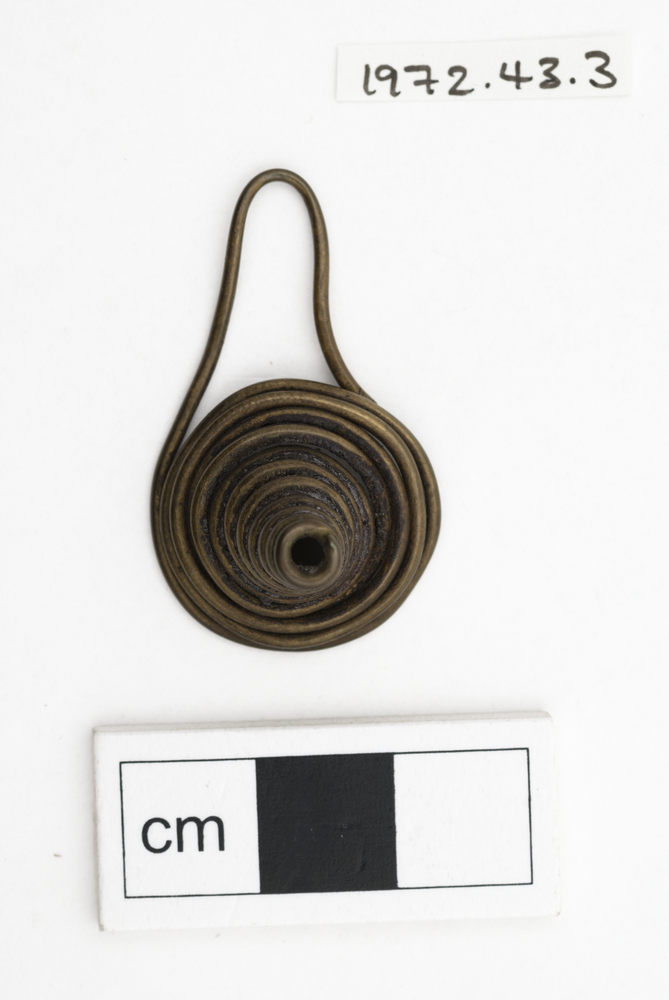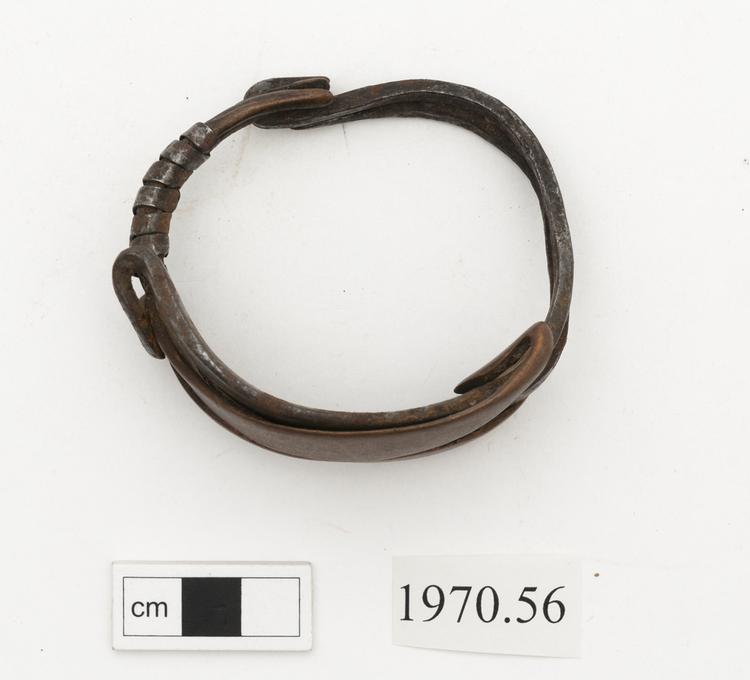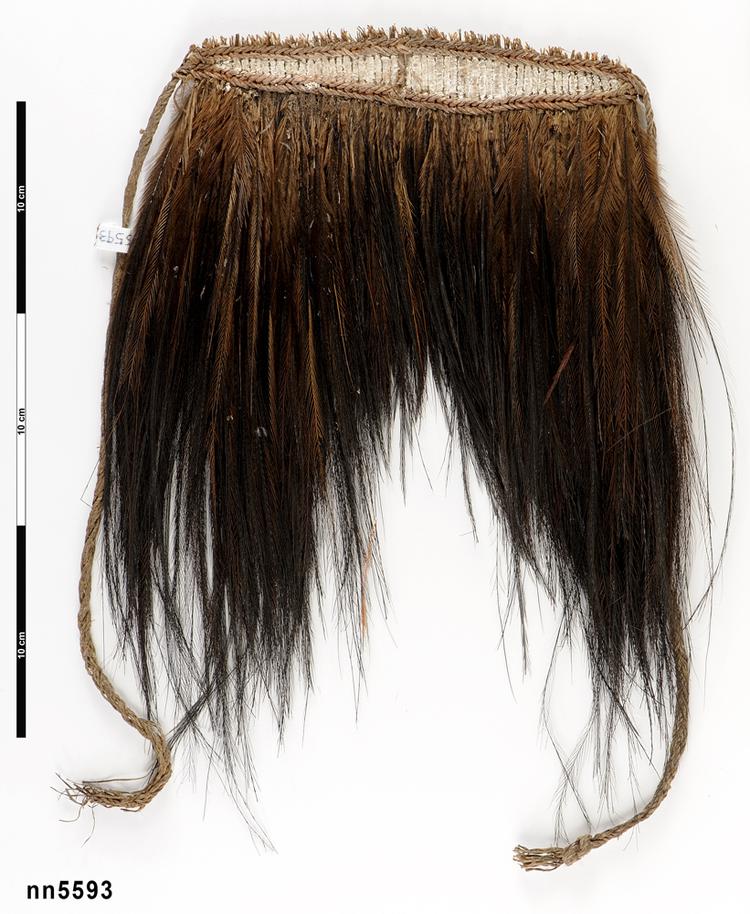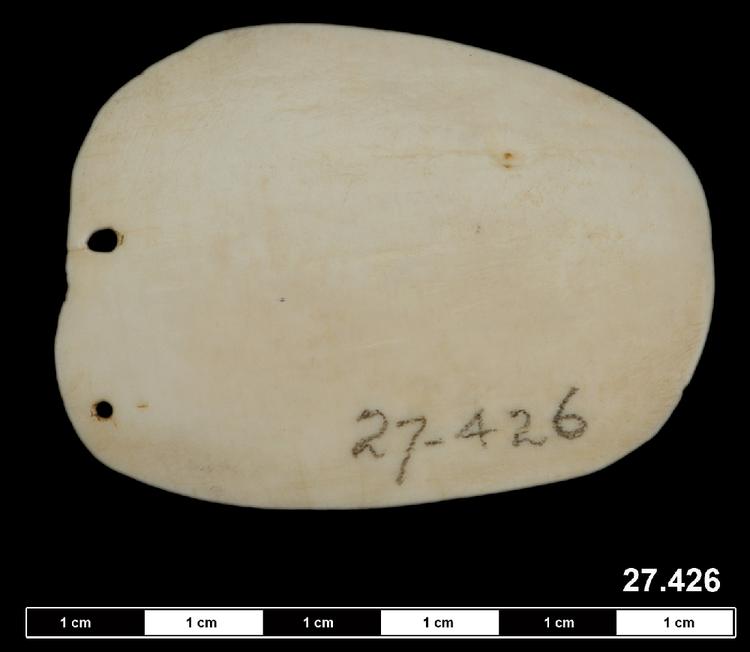
White shell pendant
White Shell Pendant, Tigurry, Dalleburra People, Upper Thompson River, Northern Queensland, Australia This simple white shell pendant, known as a tigurry, was produced in the upland plateau of the Main Dividing Range in northern Queensland. It was an item of jewellery among the Dalleburra people of the Upper Thompson River, and would have originally been strung as the centrepiece of a necklace of incised freshwater reed segments. Traded inland from the coast, such shells were a rare and precious commodity for landlocked people like the Dalleburra. Little has been recorded about the Dalleburra people, as they were never a very numerous social group, and they suffered greatly from the European diseases accidentally introduced by British settlers in the mid-19th Century, to which they had no natural resistance. This pendant was presented to the Horniman Museum by Mary Montgomery Bennett, artist and anthropologist. She was the daughter of the first white settler in the Upper Thompson River area, sheep farmer Robert Christison. Although his methods would be frowned upon today as paternalistic and high-handed, Christison forged a peaceful coexistence with the Dalleburra, held their indigenous culture in high regard, and worked in close collaboration with them. Like many children of wealthier settlers, his daughter Mary was largely brought up in various towns in southeastern Australia and England. It was around the age of 12 when her parents considered her old enough to begin spending periods of time at the family sheep station, Lammermoor. She established a close bond with a Dalleburra woman named Wyma, who worked as a nurse for her parents. She gave Mary this pendant as a gift. Shell. Late 19th Century.



